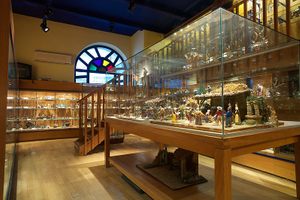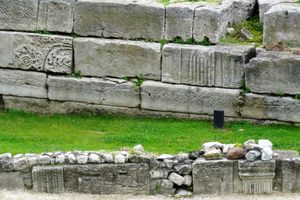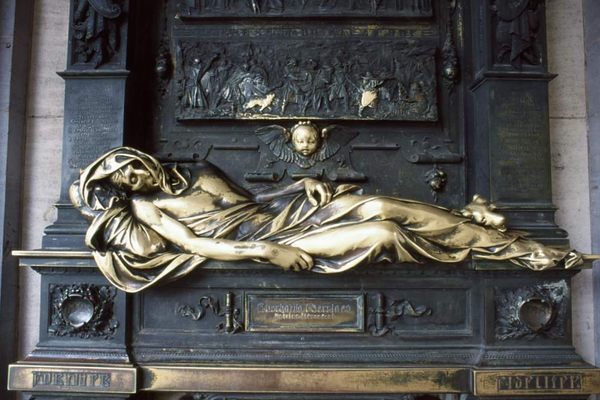About
Overlooked by both locals and tourists, the Monument Arthur Rimbaud looks like a strange rock formation—or a primitive ship that ran aground and turned to stone. Blending into the shore of Marseille, the monument by sculptor Jean Adamo honors the French poet, who died in the city at the age of 37.
The pain that started in Rimbaud’s knee in February 1891 escalated into unbearable agony, so that he was forced to leave his residence in Africa and return to France, where he entered a hospital in Marseille, a coastal Southern city. He was told on May 22 by the doctors that he would have to have his right leg amputated, and the disfiguring surgery was followed by a diagnosis of cancer. He left the hospital to recuperate at his family’s farm, but when his health again deteriorated in August, he returned to Marseille. He turned 37 on October 20, but the cancer was progressing, taking the mobility of his arms and filling his body with pain, eventually paralyzing him. He died on November 10, 1891, and was buried in his hometown of Charleville, his grave bearing the epitaph “Priez pour lui” (“Pray for him”).
Inaugurated in 1989 on the Plage du Prado, the Monument Arthur Rimbaud was created from Cerastone, a synthetic material developed by the artist Jean Adamo out of sand, porphyry, cement, and water. Like the ship in “Le Bateau Ivre” (“The Drunken Boat”), the poem Rimbaud wrote in 1871 at the age of 16, the monument’s disjointed shape makes it look as if it’s been through a hallucinatory storm, washing ashore from the chasms of the sea.
Related Tags
Published
February 16, 2011
Sources
- "Jean Amado / Fragments d'une biographie aixoise," Galerie-Librairie Alain Paire: http://www.galerie-alain-paire.com/index.php?option=com_content&view=article&id=48
- Jean Amado Sculpteur: http://www.jean-amado-sculpteur.com
- L'oeuvre d'art comme arche des apparences: http://www.scriptorium-marseille.fr/files/amado_bateau%20ivre.pdf
- La mort de Rimbaud: http://www.ammppu.org/litterature/rimbaud.htm































